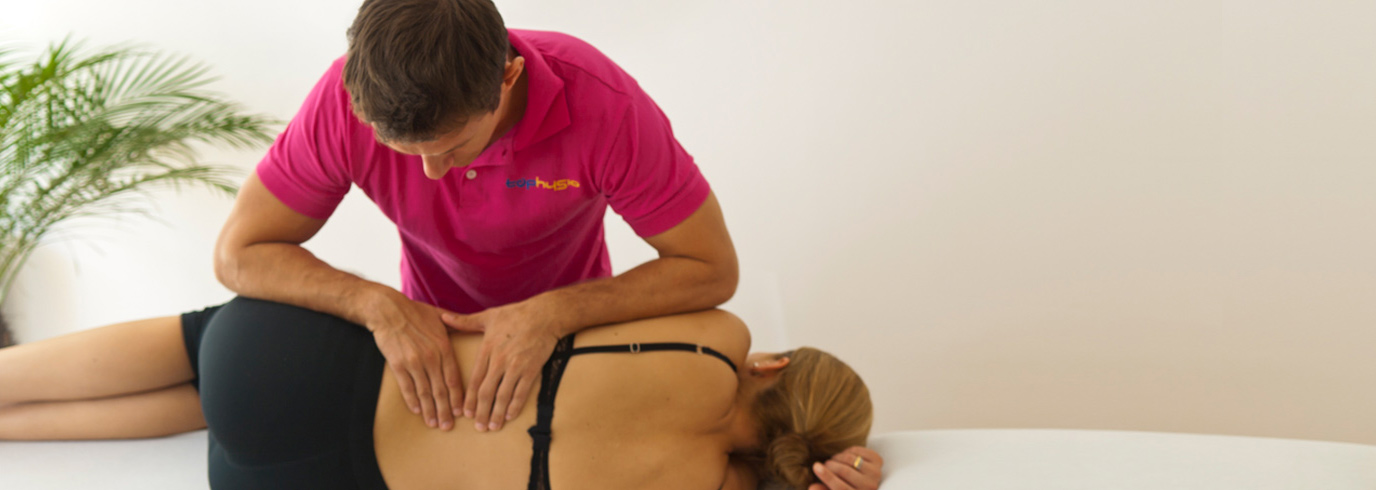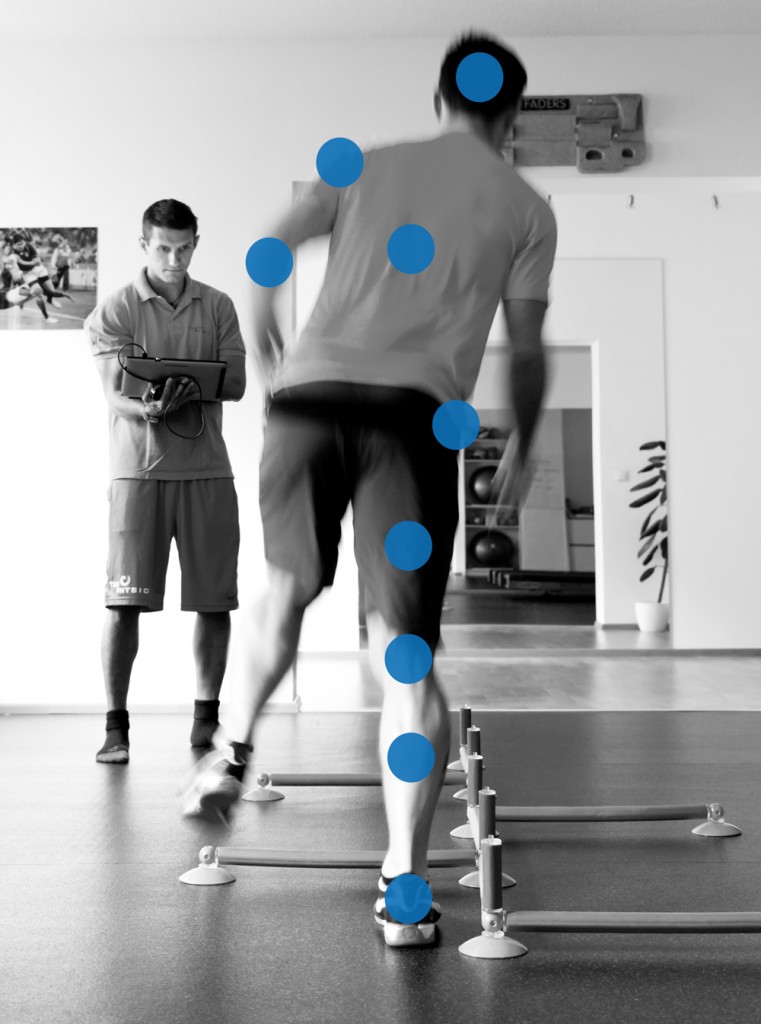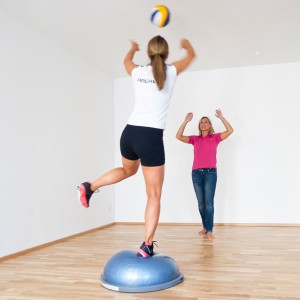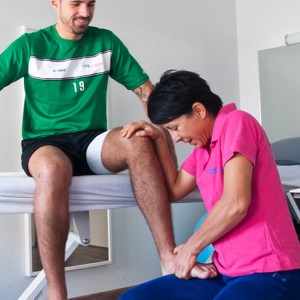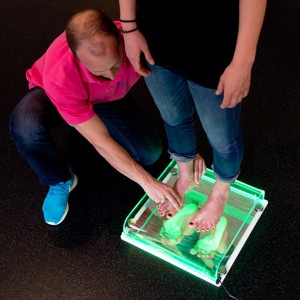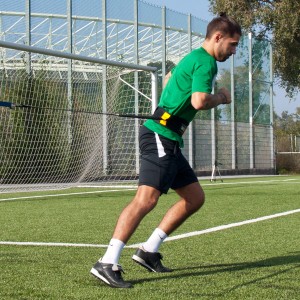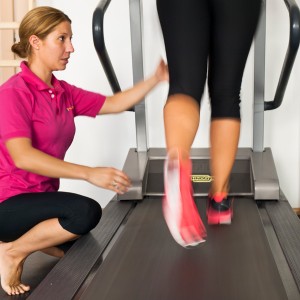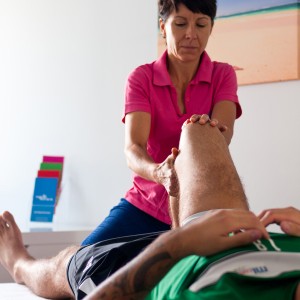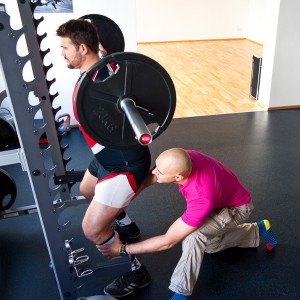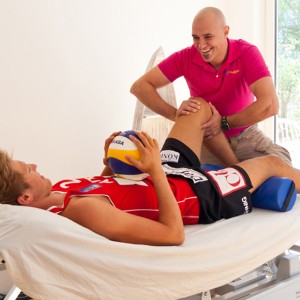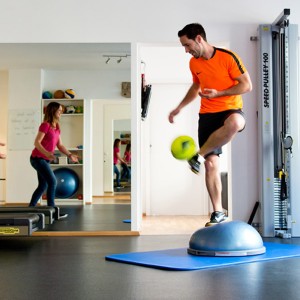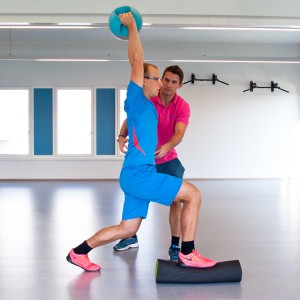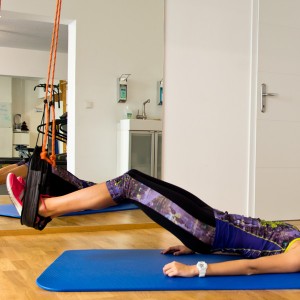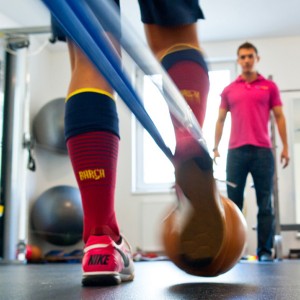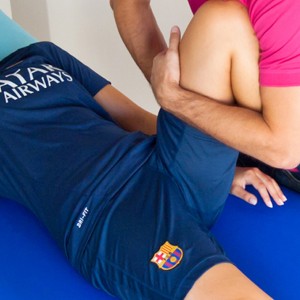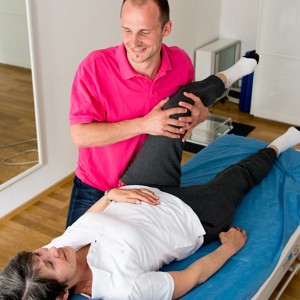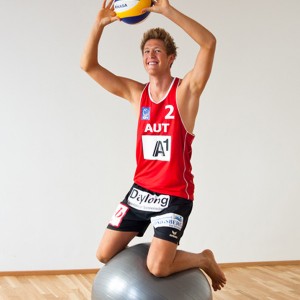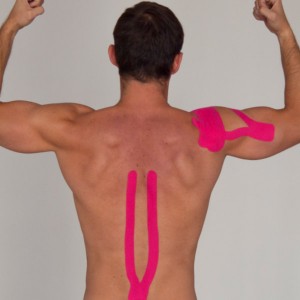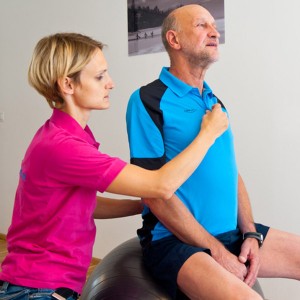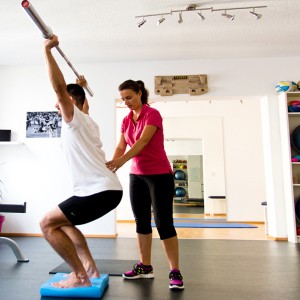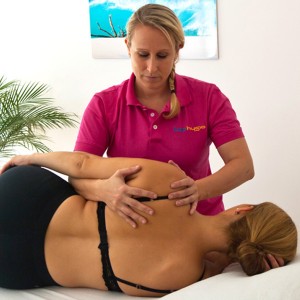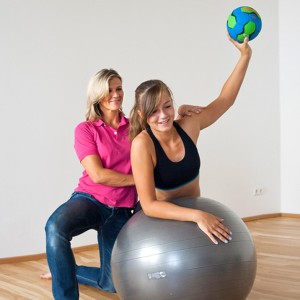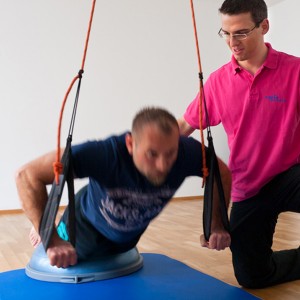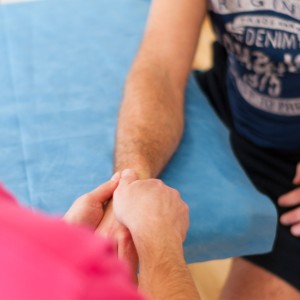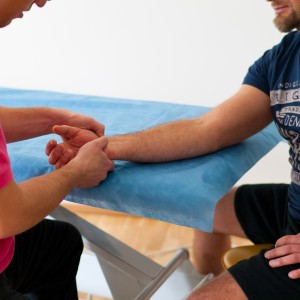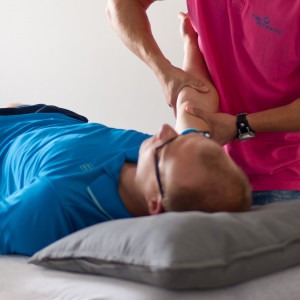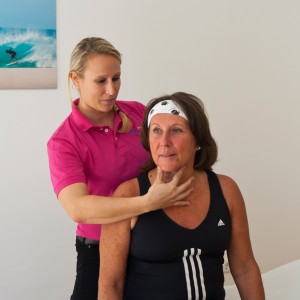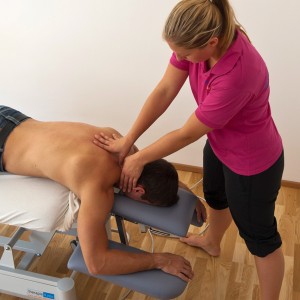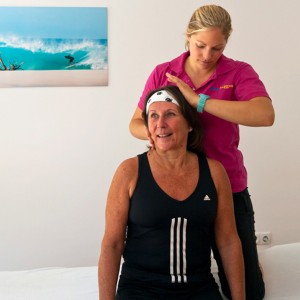physiotherapy
TOP PHYSIO – Physiotherapy & its areas of application
Physiotherapy restores, improves and maintains functioning of the human locomotive system (muscles, tendons, ligaments, bones). So far for the official definition. To give you a better idea of what we offer, here’s an overview of typical conditions that may receive our attention and treatment, a list that is by no means complete:
Lumbar, thoracic and cervical spine
General
Only an individualized and detailed examination ensures a successful and long-term improvement of your complaints. Therefore, after taking a short medical history, we examine all relevant structures and explain you the findings and the planned procedure.
Due to this thorough examination, even complex problems can be identified and efficiently treated. Through constant participation in professional development courses (national and international) we have gained expert knowledge in Manual- and Sportsphysiotherapy. Our decisions are based on both scientific evidence and clincal experience by which pain is reduced quickly and also managed on the long term.
During the physiotherapy sessions you will be provided with various strategies to maintain the achieved goals even after discharge.
Feet:
Our feet carry us through our lives, and thus are subjected to tremendous workloads. Additional unfavorable factors such as poor footwear, overweight, lack of coordination or overtaxing activities can lead to condition such as flat feet, heel spurs, or osteoarthritis.
The most common acute injuries are ligament tears & fractures (often caused by “rolling an ankle”), heel fractures (from high falls), and fatigue fractures of the metatarsus. These injuries can also result in long-term consequences such as cartilage damage and early arthrosis.
Lower Leg / Calf:
Tibia & fibula fractures and corrective osteotomy notwithstanding, the lower leg and calf is more prone to muscular problems and chronic overuse symptoms: calf cramps, strains (“pulled muscles”), shin splints, compartment syndrome, and a torn or aching achilles tendon (achillodynia) are typical problems seen here, especially in sports that involve plenty of running.
Knee
In a country where football and skiing are by far the two most popular sports, it hardly comes as a surprise that knee injuries belong to the most common causes for treatment.
Anterior or posterior crucial ligament (ACL/PCL) tears, medial or lateral collateral ligament (MCL / LCL) tears, and meniscus injuries are all equally common, often occurring in combination (“unhappy triad”).
Injuries of the kneecap are also common (patella fracture & dislocation). In addition, as a joint that is primarily stabilized by muscles, the knee is also prone to various ailments with muscular causes (such as Runner’s Knee and Jumper’s Knee) and soft tissue irritations (plica syndrome, baker’s cyst, cartilage damage).
Thigh & groin area:
The two main bone injuries of the thigh are the femur fracture (usually caused by brute force, such as car accidents) and – far more common – fractures of the femoral neck, the most common fall-induced fracture in elderly people, which is then surgically stabilized through either semi or total endoprothesis (better known as “hip replacement”).
The thigh is also home to big and strong muscle groups, which are injury-prone in athletes. Strains can affect the front (quadriceps muscle), rear (hamstring muscles a.k.a. “hamstrings”) or inner thigh (adductor muscles). The latter insert into the groin area, and are often associated with groin problems such as insertional tendinopathy.
Hip & pelvic girdle
A dysplastic hip is an inherited or rather early acquired deformity of the hip joint’s socket, which – if untreated – will lead to degeneration of the hip joint’s cartilage and thus early arthrosis. Other causes of pain can be hip impingements, while fractures of the hip joint socket and open pelvic fractures are severe injuries that are often caused by accidents and require long periods of healing and rehabilitation.
Lumbar, thoracic and cervical spine
Back problems are the most frequent cause of work absence and thus a tremendous economic cost factor. Today’s sedentary lifestyle can be just as much a factor as hard physical work. From tension and discomfort, to recurring episodes of low back pain, to more severe afflictions of the peripheral nervous system such as “slipped” (herniated) discs: each person has its unique history – early symptoms and warning signs should be taken seriously, and treated accordingly.
Most spinal problems reflect our postural habits, however there are exceptions, such as idiopathic scoliosis or several rheumatic diseases such as Bechterew’s Disease (a.k.a Ankylosing Spondylitis). Heavy compression (i.e. suffered in a fall) can cause vertebral fractures, which in elderly individuals suffering from osteoporosis often happen spontaneously, seemingly without reason.
Shoulder:
The extensive range of motion of the shoulder girdle (which in fact are multiple joints working in unison) comes at the price of reduced stability, which can lead to both acute traumatic injury and chronic conditions; sometimes also a combination of both. Glenohumeral and Acromio-clavicular dislocation or clavicle fractures are common traumatic injuries, while frozen shoulder syndrome, shoulder impingement, SLAP lesions, or rotator cuff tears often have underlying causes of chronic “wear & tear”.
Forearm, Elbow, Wrist, Hand:
Falls on icy surfaces or slippery sidewalks, common in the wintertime, typically result in radius fractures, olecranon fractures, or less obvious scaphoid fractures. Triangular disc lesions can be common in sports with heavy use of the wrists, such as tennis. In addition, extensive repetitive movements (such as computer/mouse/smartphone use, or playing of musical instruments) can result in tendovaginits, epicondylitis (a.k.a. tennis or golf elbow) or rhizarthrosis. Finger contusions and fractures are also common, and ruptured tendons of the hand’s flexors and extensors are feared for their complicated rehab procedure, considering the hand’s delicate fine motor skills.
Head, Brain, CNS:
Headaches can often be traced back to muscular imbalances due to poor posture and inner tension (psychosomatic disease patterns) and be treated with various therapeutic techniques. Our head also houses the brain and central nervous system, which is why damages to this region (whether through cardiovascular stroke, tumors, alcohol abuse, or neurological disorders such as Parkinson’s Disease) can have far-reaching, all-encompassing consequences to our locomotive system.

 0660 1060 53 2
0660 1060 53 2
